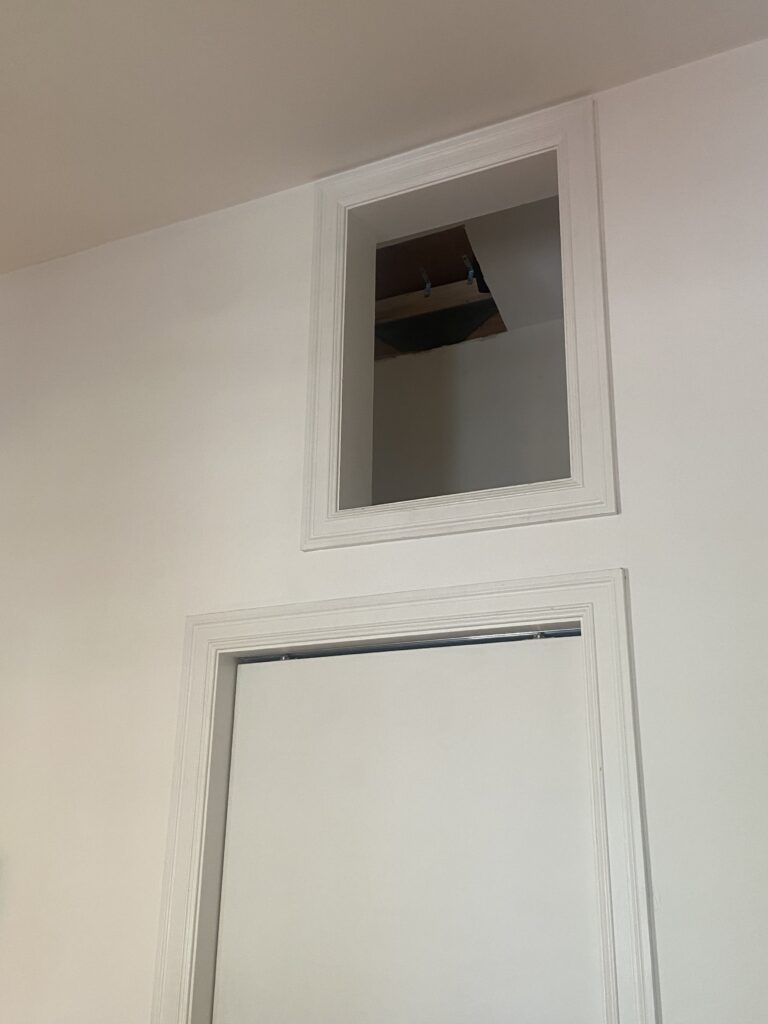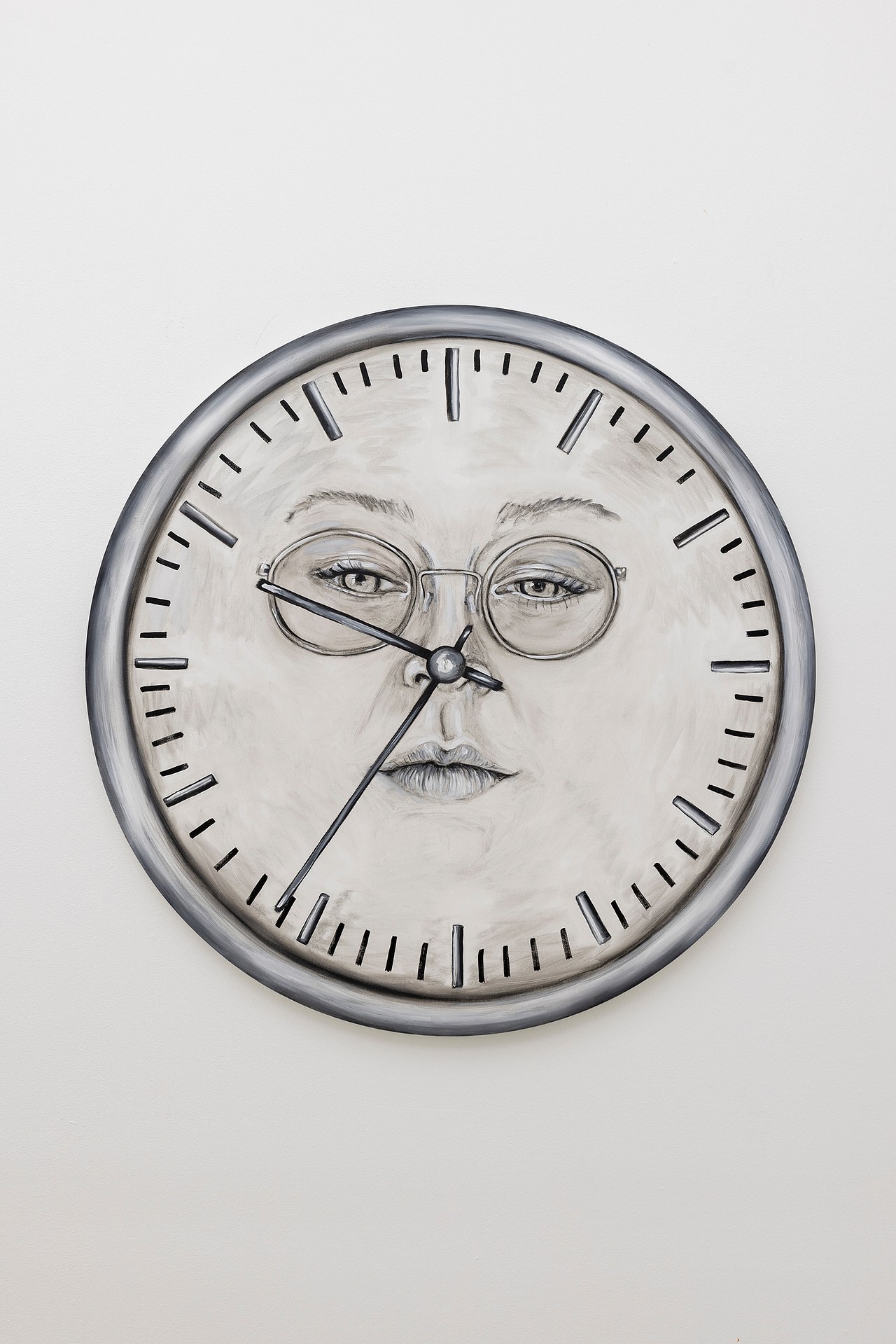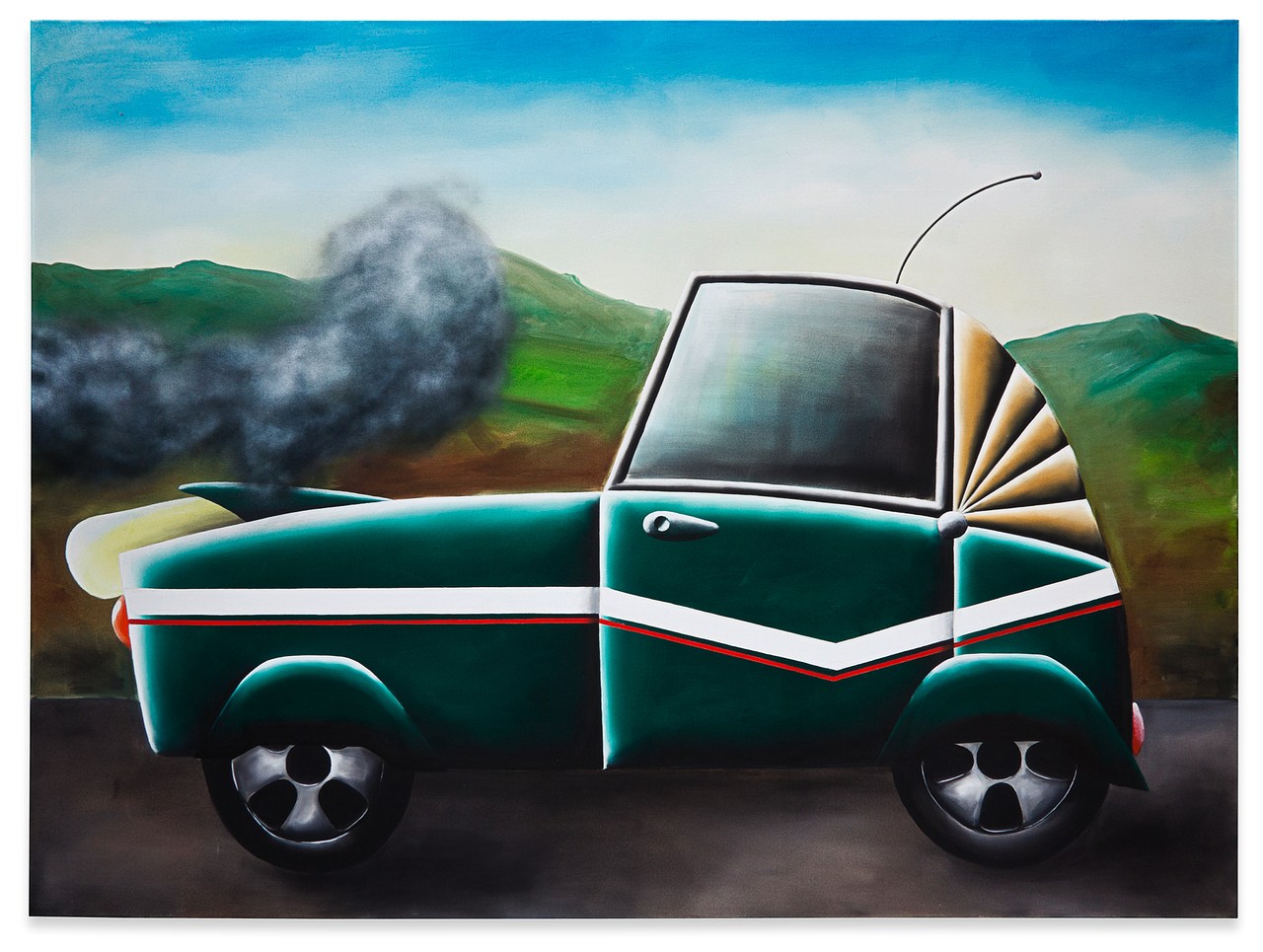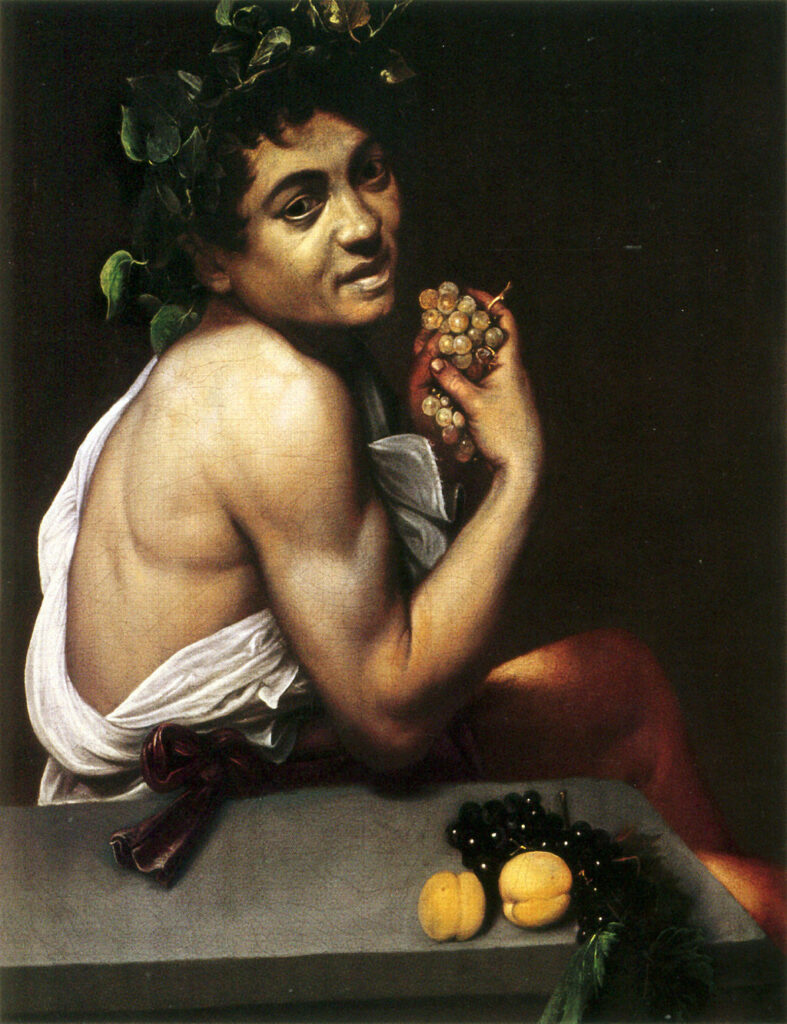Caravaggio, Self-portrait as the Sick Bacchus. Public domain, via Wikimedia Commons.
Pasolini’s pen was preternatural in its output. Collected by the publishing house Mondadori in their prestigious Meridiani series, his complete works in the original Italian (excluding private documents such as diaries, and his immense, largely unpublished, epistolary exchanges in various languages) fill ten densely printed volumes. The twenty thousand or so pages of this gargantuan oeuvre suggest that, in the course of his short adult life, Pasolini must have written thousands of words every day, without fail.
Allusions to painting—and to the visual arts more broadly—appear across the full range of Pasolini’s writings, from journalistic essays to poetry and work for theater and film. The intended destination of the textual fragment below, which remained unpublished during Pasolini’s lifetime, remains uncertain. We know, however, that it was most likely penned in 1974. The “characterological” novelty of Caravaggio’s subjects, to which Pasolini alludes in passing, underscores some of the parallels between the two artists’ bodies of work: an eye for the unlikely sacredness of the coarse and squalid; a penchant for boorishness to the point of blasphemy; an attraction to louts and scoundrels of a certain type—the “rough trade,” of homosexual parlance.It is striking, for instance, that some of the nonprofessional actors that Pasolini found in the outskirts of Rome and placed in front of his camera bear an uncanny resemblance to the “new kinds of people” that Caravaggio “placed in front of his studio’s easel,” to quote from the essay presented here. Take Ettore Garofolo, who for a moment in Mamma Roma looks like a tableau vivant of Caravaggio’s Bacchus as a young waiter. Even the illness that ultimately kills that subproletarian character—so often read as a metaphor of the effects of late capitalism on Italy’s post-Fascist society—is born out of an art historical intuition that is articulated in this fragment on Caravaggio’s use of light.
But it was equally an exquisite formal sense—a search after “new forms of realism”—that drew Pasolini to Caravaggio’s work, particularly the peculiar accord struck in his paintings between naturalism and stylization. Pasolini professed to “hate naturalism” and, with some exceptions, avoided the effects of Tenebrism in his cinema. It is, instead, the very artificiality of Caravaggio’s light—a light that belongs “to painting, not to reality”—which earns his admiration.
The Roberto Longhi mentioned below is Pasolini’s former teacher, an art historian at the forefront of Caravaggio studies. It was Longhi who resurrected the painter from a certain obscurity in the twenties, arguing for the consequence of his work to a wider European tradition from Rembrandt and Ribera to Courbet and Manet.








